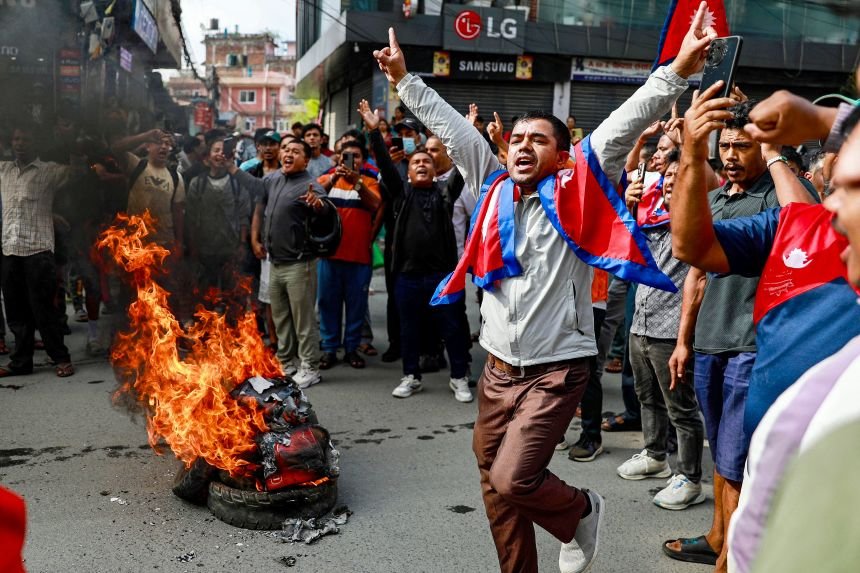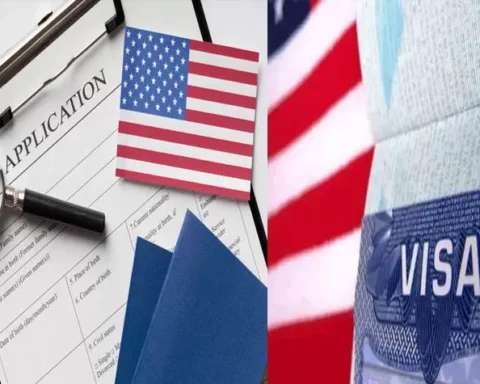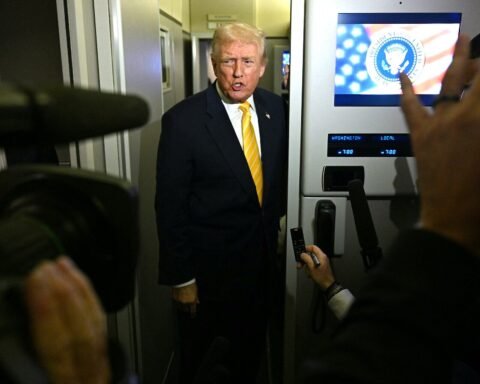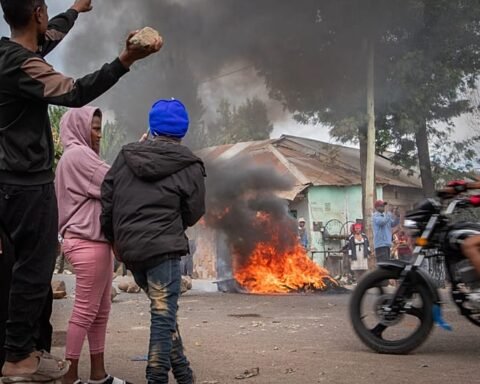Nepal is witnessing one of the most dramatic chapters in its democratic journey, as youth-led demonstrators continue to push for an interim government after the resignation of Prime Minister K.P. Sharma Oli.
The protests, ignited by a controversial ban on social media, have grown into a generational demand for political change and accountability.
The unrest, largely driven by Gen Z, has left the capital under curfew, with soldiers patrolling deserted streets and schools and businesses shuttered. More than 30 people have died in clashes, and the scars of burned shops and barricades still mark Kathmandu’s neighborhoods. Yet, from this turmoil, a new sense of political possibility is emerging.
Talks between youth leaders, army officials, and President Ram Chandra Paudel are focused on selecting a credible interim leader. Among the names gaining traction are Sushila Karki, Nepal’s first female Chief Justice celebrated for her independent rulings; Balendra Shah, the popular mayor of Kathmandu; and Kulman Ghising, the reformer known for ending years of crippling electricity shortages. Many protesters are rallying behind Karki as a symbol of integrity and a break from the entrenched party system.
The youth movement has clarified that it does not seek to abolish the constitution but insists on reforms and the dissolution of parliament before new elections. “This is not about destroying democracy,” said one protest organizer. “It’s about rescuing it from corruption and neglect.”
Also Read; African Leaders Gather To Boost Continental Trade
President Paudel has appealed for calm, urging protesters and the army to resolve the crisis within the constitutional framework. However, the uncertainty has drawn international concern, with observers warning that prolonged instability could deepen economic struggles in the Himalayan nation.
What is unfolding in Nepal is part of a larger global pattern of youth-driven movements challenging established power. From the pro-democracy marches in Hong Kong to the revolution that toppled Omar al-Bashir in Sudan, younger generations are increasingly at the forefront of political change. Like their peers elsewhere, Nepali protesters are not just rejecting old politics — they are demanding leaders who reflect their values and aspirations.
Observers note that such movements often emerge where unemployment, corruption, and weak governance collide with the rising political awareness of a connected, digitally active generation. In Nepal’s case, the trigger may have been a ban on social media, but the deeper issues — inequality, corruption, and disillusionment — are universal.
As negotiations continue in Kathmandu, the outcome will be closely watched beyond the country’s borders. Whether Nepal’s youth succeed in shaping a new political order could influence how young people worldwide see their own power to hold governments accountable.







